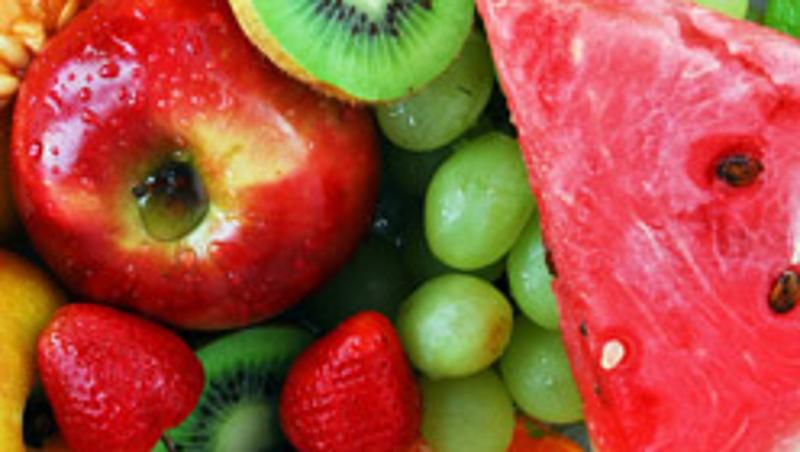
What we eat and how we eat it has changed dramatically since Queensland’s first university-level nutrition and dietetics course began in 1975.
And dietitians and nutritionists have changed with them, says Associate Professor Danielle Gallegos, from QUT’s Institute of Health and Biomedical Innovation (IHBI), as QUT marks the course’s 40-year anniversary.
“We teach dietitians to work with people and what they have in the cupboard so they can eat what they enjoy,” Professor Gallegos said.
“Some diet nazis are still around, but today it’s about building partnerships with individuals and families and not about ‘don’t eat this, don’t eat that’.
“If you want to eat sugary cereal for breakfast we say: ‘okay, let’s make it more nutritious with fresh fruit or yoghurt perhaps’.
Professor Gallegos said most people still cooked and ate mostly at home.
“Healthy eating used to mean cooking from scratch, but we say it’s okay to open a can or a packet of something to save time.
“We work much more closely with families and their lifestyles to figure out how they can eat the best they can with the time and money they have.”
Professor Gallegos said the "traffic light" concept was in 40 years ago and it still is but in a different context.
“We used it to describe the vegetables that went with your chop and potatoes – one green vegie and one red or orange one. Now, we use it to signify which foods you can eat a lot of, what you need only in moderation and the now-and-then treat foods," she said.
“Back then, the ‘green light’ vegetable was probably cabbage, cauliflower or Brussel sprouts, boiled to death.
“And now we eat sweet potato leaves, bok choi, amaranth. We have wombok, sugarloaf, and savoy, not to mention red cabbage. Cauliflowers come in purple, green and orange.
“Boiling’s out – we eat those vegies stir fried, raw, or roasted with dukkah. We eat Thai, Indian, Greek food.
“Choice abounds today – in 1975 there was full-cream milk or watery, skim milk; the low-fat cheese tasted like soap. Now we have aisles of milk, and olive oil based margarines that actively reduce cholesterol.”
However, the explosion of food diversity and cooking methods has been tempered by the downside that we now live in an obesogenic environment.
“Children are bathed in food,” Professor Gallegos said.
“We have multiple vending machines stores open 24/7; you can order McDonald’s and have it delivered or pop into 711 and buy ice cream in the middle of the night; or pick up a pie, chocolate and slurpee at the servo.
“Dietitians help families navigate this environment that simply didn’t exist in 1975.”
Food fads and ‘superfoods’ are new developments in the food scene.
“The current bad fad is the fetishism of all things coconut. Coconut oil has been given miraculous properties. We’ve had kale, quinoa, chia – these are all just greens, grains and seeds – you just need to add more vegetables and whole grains to your diet.”
Media contact: Niki Widdowson, QUT Media, 07 3138 2999 or n.widdowson@qut.edu.auAfter hours: Rose Trapnell, 0407 585 901 or media@qut.edu.au
QUT is part of a national collaborative group of five major Australian universities that form the ATN (Australian Technology Network of Universities).




